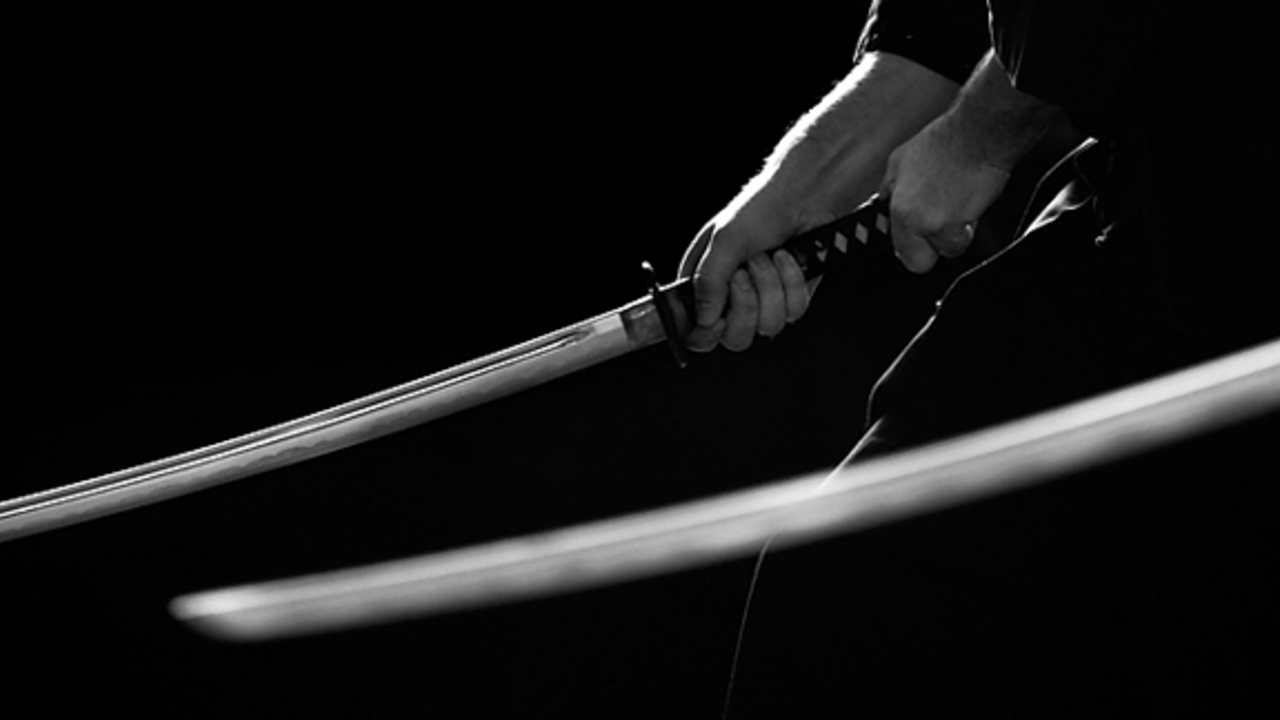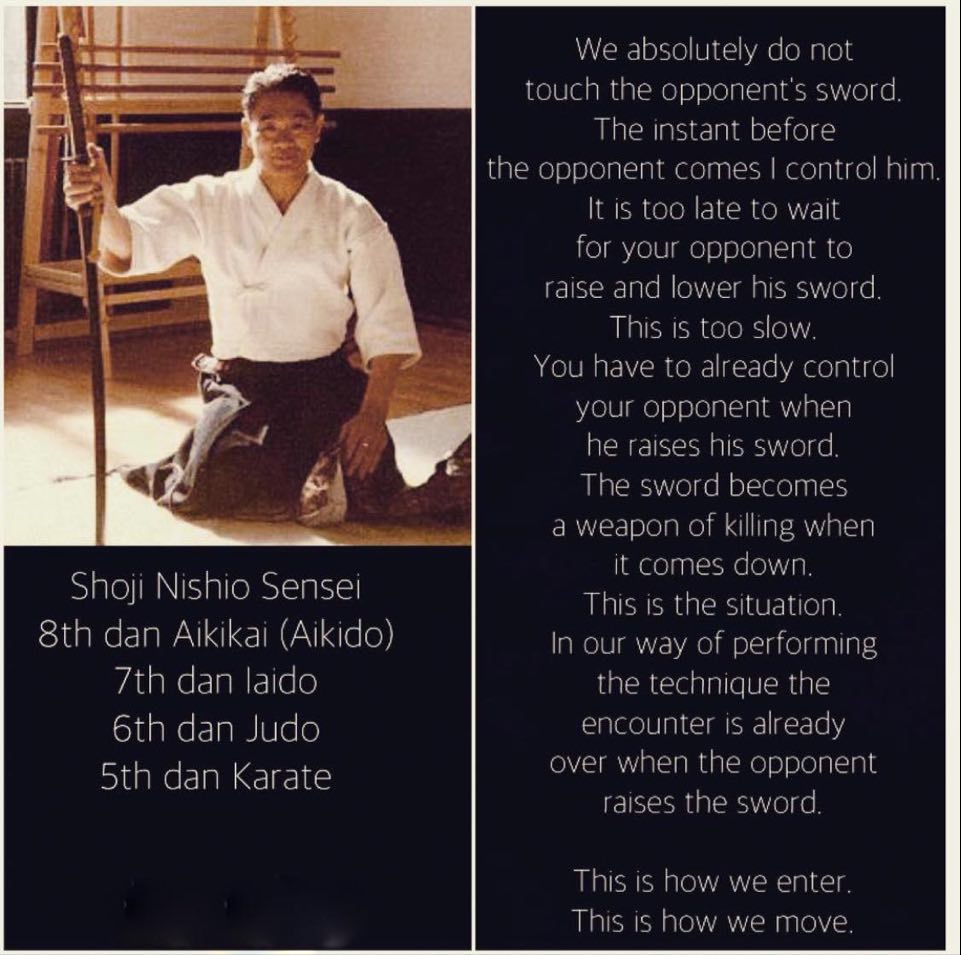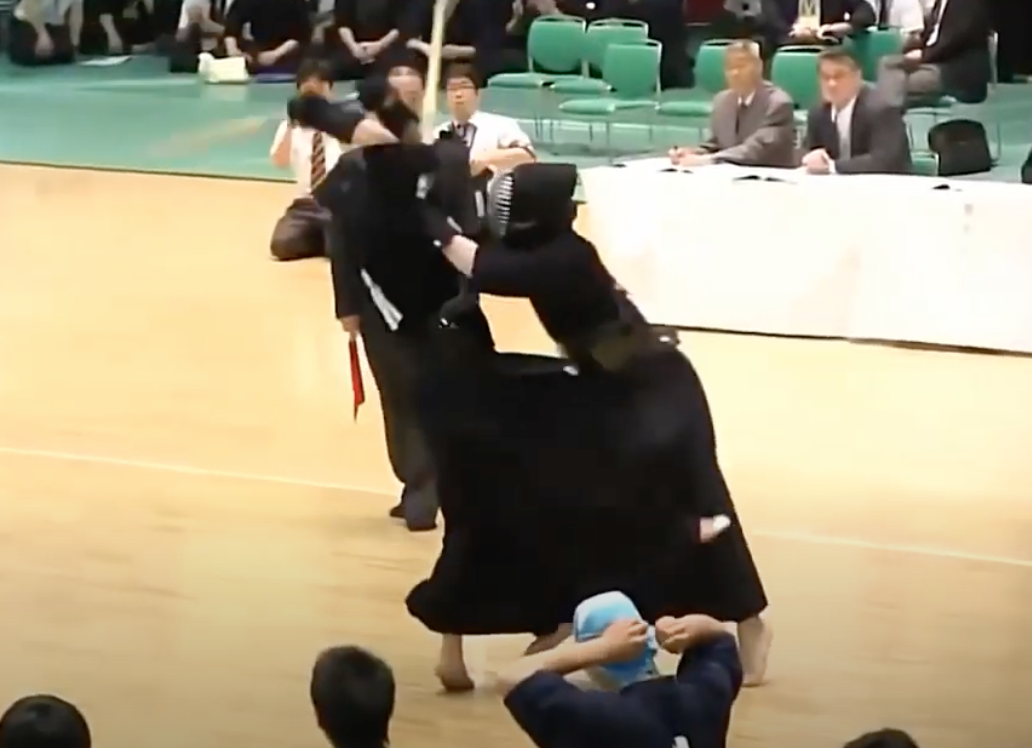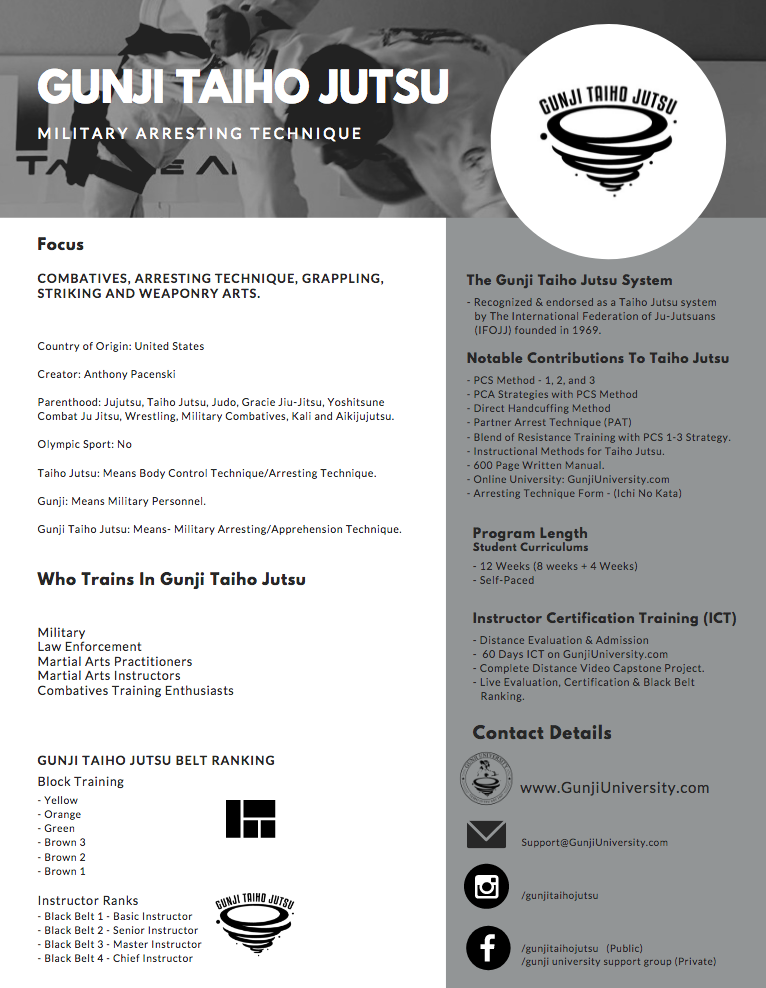Iaido Is A Path Towards Taking Initiative

In the last Gunji University blog, I wrote about the understanding of the zero-concept relating to Judo grip fighting and also the Japanese Martial Arts ideas of when to attack: Go No Sen (After the attack); Sen No Sen (Attack the attack); and Sen Sen No Sen (Taking initiative). Having lived in Tokyo for more than 9 months I am only starting to understand Budo. This study for me has always been picked up and down to know more about Bushido culture while training in Martial Art all these years; however, today I see many issues relating to Bushido origins and its historical context during Japan's modernization Meiji period. I have concerns with people today throwing words like Budo and Bushido around in the United States when they have such a focus on Sport and Mixed Martial Arts culture. As I study, I am only beginning to understand Budo here in Japan, and in a positive way I have been enjoying training in Judo, Karatedo, Aikido and now Jodo (Jojutsu/Short Staff). I would like to point to a Martial Artist that I wish I could have studied with: Nishio Shoji Sensei (1927-2005). Nishio Sensei's example is ideal Budo and the type of knowledge aspire for in the future. Nishio Sensei felt that...a true budo life (was in the) meaning showing people a deeper way to study things that they were already studying.*

I am captivated with training on the attacking concept of Sen Sen No Sen (Taking initiative). Nishio training and in his teaching, you will hear over and over again, "The fight, the contest, the battle,...is alright over." The fight is over on the initial entry. This first attack can be with a strike (Atemi), the short staff (Jo), or with the Sword (Ken). Because of Nishio Sensei's study of Judo and Karate before learning Aikido, he understood distance, striking, and training with resistance. Timing in all of this well a bonus when after beginning training Aikido he continued to cross-train in methods of the sword, jo, and drawing the sword (iaido). He went on to develop his own system of iaido called: Aikido Toho Iai or Aiki Toho Iaido. I see much to learn about Sen Sen No Sen in the practice of Iaido. I will expand.
Budo arts like Kendo, Jodo, Iaido, Aikido, and others value taking the initiative and end conformation quickly instead of drawing it out overall period of time where adding seconds become minutes or even hours. What I find interesting and healthy as a practice in everyday Martial Arts training is how taking the initiative by being first (Ahead Of One Using The Zero-Concept) is linked with strategic pressure that gives you many advantages. The Japanese have a term for this called: Tsume. This action of Tsume is jamming or stuffing the opponent. Jiu Jitsu fighters and boxers use the clinch to do this. As tsume relates to Karate/Kenpo, Kendo, or Jodo, the attack is shocking and sets up an additional attack or throw.

For many years, I am compared Striking Based Martial Arts and Grappling Based Martial Arts effectiveness by expressing that for striking style to be effective you need to punch someone in the face and knock them out. For Grappling-based Martial Arts, the techniques are based on leverage that you can control the damage. Today I do not share this feeling or practice of marketing to sell effectiveness between Martial Arts systems. In Kenpo or Karate, you can strike your opponent in a soft way and still be effective. It comes down to where you strike, how you strike, and what is the purpose to strike is. The whole concept of Atemi is not geared at this sort of strike to kill your enemy. A jab in boxing is a tool of measurement, distance, defense, set up, and could be for a knockout.
Taking the initiative and using Sen Sen No Sen is a practice of bettering your mental strength so that your actions model this important moment at a confrontation. I did not write during because this also means that the moment to act is already over. So you must learn when and how to draw your attack...aka the practice of Iaido!
To The Reader
The author will be most happy to receive your comments, including criticisms and suggestions. Noteworthy comments may be included in future editions or books on this series.
Citations:
* Aikido Journal Don’t Cut the Person with your Sword: Philip Greenwood on Nishio and Aikido Philosophy
– Prof. “little” Tony Pacenski
Yokota Air Base – Tokyo Japan
Gunji Taiho Jutsu (GTJ) | Military Arresting Technique is a system of taiho jutsu that is a progressive way to teach Military or Law Enforcement personnel many of the traditional and contemporary jujutsu techniques of control and arrest while at the same time keeping mindful of secondary weapon systems during training and complementing all of the current and evolving Military Combatives programs in place for the different branches of the Military.




